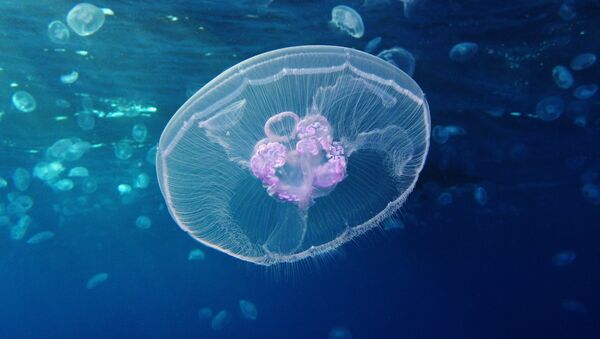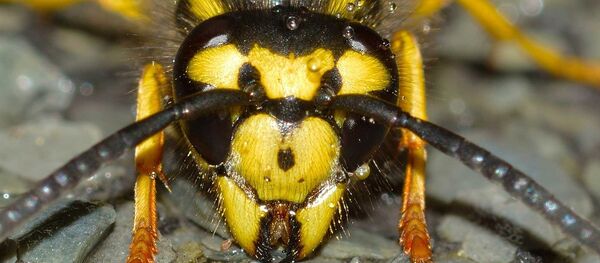The recent extraordinary invasion of jellyfish in Finnish waters has led to eager speculations on the social media, yet researchers themselves cannot provide a persuasive explanation.
"Unfortunately, we don't know what this is all about. The jellyfish are little researched and therefore we lack documentation," Joanna Norkko at Tvärminne Zoological Station told the Finnish daily Hufvudstadsbladet.
Since the jellyfish are notoriously bad swimmers, Norkko attributed their concentration in the Archipelago Sea to winds and currents. This is not the first time such an invasion has happened in Finnish waters. By Norkko's own admission, a veteran skipper told her of a manifold of jellyfish back in the 70s.
Another theory links the proliferation of jellyfish to the change in salinity in the Baltic Sea. The jellyfish do not propagate if the salinity is below five per mille. In the Gulf of Finland, the salinity varies between six per mille and almost zero, peaking around the city of Hanko.
According to Norkko, the greatly increased occurrence of jellyfish may suggest that Finnish waters have become cleaner.
However, jellyfish only enjoys surface water and are rarely seen at depths of below ten meters. On the other hand, though, it is agreed that the eutrophication process benefits the jellyfish. Eutrophication arises from an oversupply of nutrients, often induced by the discharge of phosphate-containing detergents, fertilizers, or sewage, into an aquatic system, which leads to an overgrowth of plants and algae. The algae consume a lot of oxygen when they rot away, which perfectly suits the jellyfish that thrive in low-oxygen environments.
Aurelia aurita #meduusa #hanko pic.twitter.com/1eETai6bIi
— Jari Hiltunen (@Havidol) 24 сентября 2017 г.
In great concentrations, jellyfish may become hazardous for maritime traffic. In 2009, a Japanese trawler was notoriously sunk by giant jellyfish. Jellyfish are also known to spontaneously gather in large droves, disrupting power stations' intake of cooling water and resulting in major power outages.
In South Korea, the jellyfish problem has been addressed in several ways, for instance, by shredding them. This seemed, however, only to favor their propagation, as the corpses developed into new polyps. On the other hand, jellyfish have been used, with varying degrees of success, as fertilizer and raw material for manufacturing diapers. In parts of Asia, jellyfish are used in salads, sushi and even ice cream.
MUST TRY!! @KinkaIzakayaMTL "KURAGE" marinated jellyfish #KinkaIzakayaMTL #jellyfish #kinkaizakayaMTL pic.twitter.com/5YgapC89GP
— KINKA IZAKAYA MTL (@KinkaIzakayaMTL) 29 сентября 2017 г.
The jellyfish, also known as saucer jelly and moon jelly, is translucent, usually about 25-40 centimeters in diameter, and can be recognized by its four horseshoe-shaped gonads, seen through the top of the bell. It is capable of only limited motion, and drifts with the current, even when swimming.




